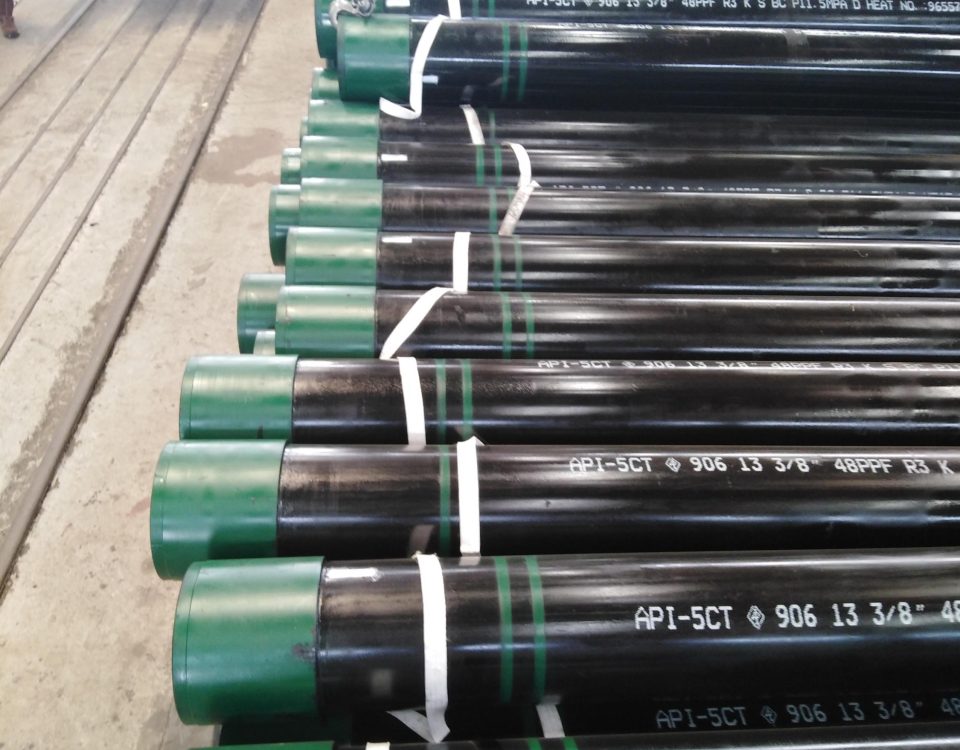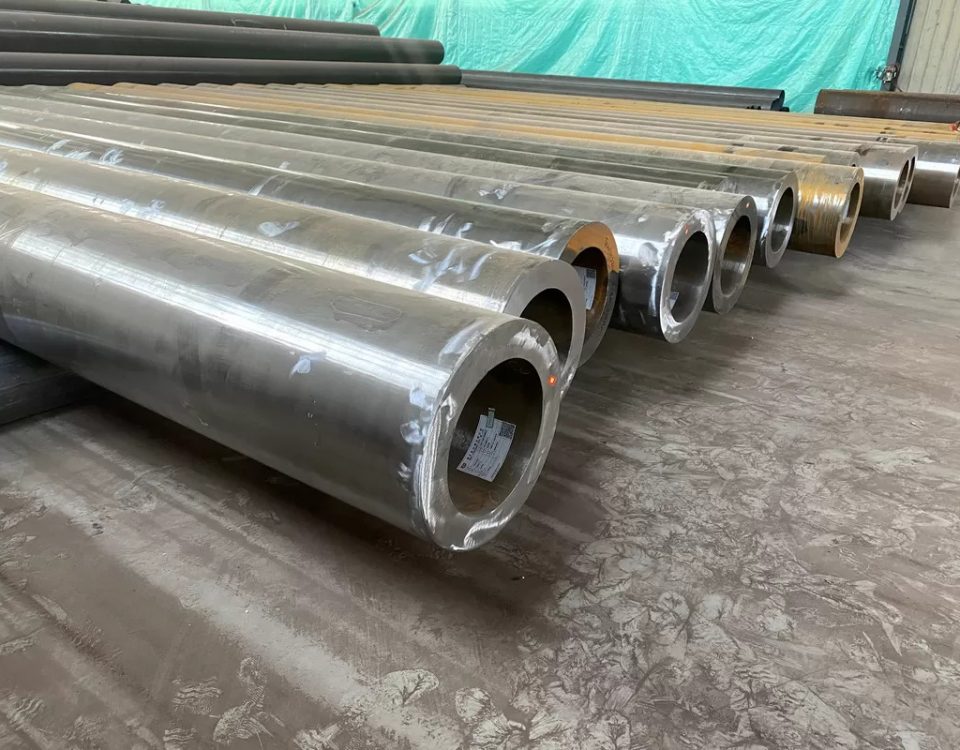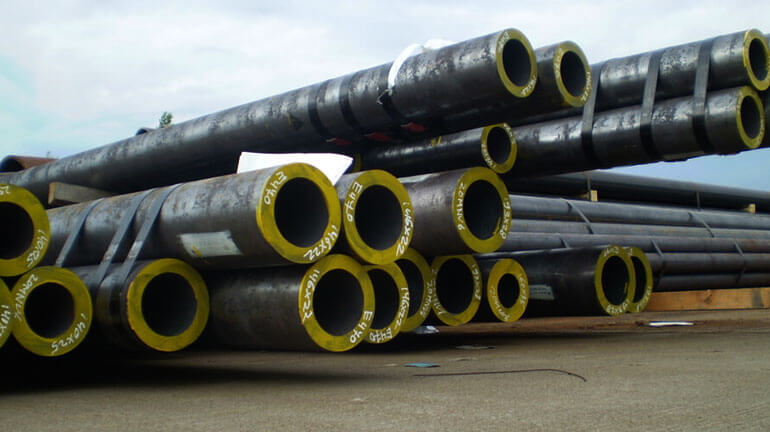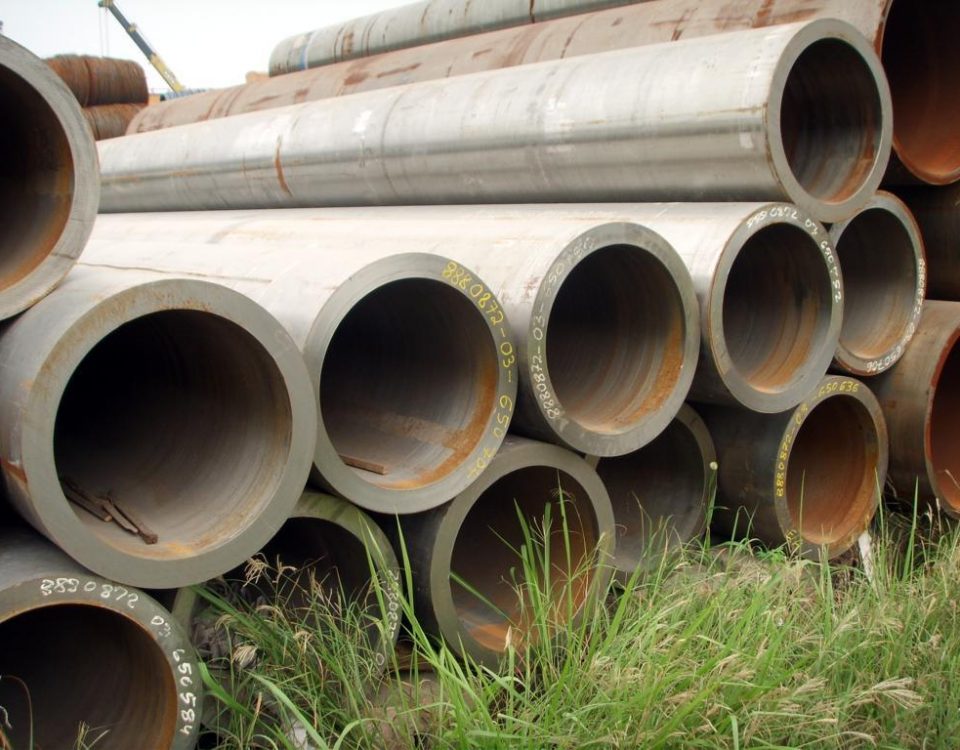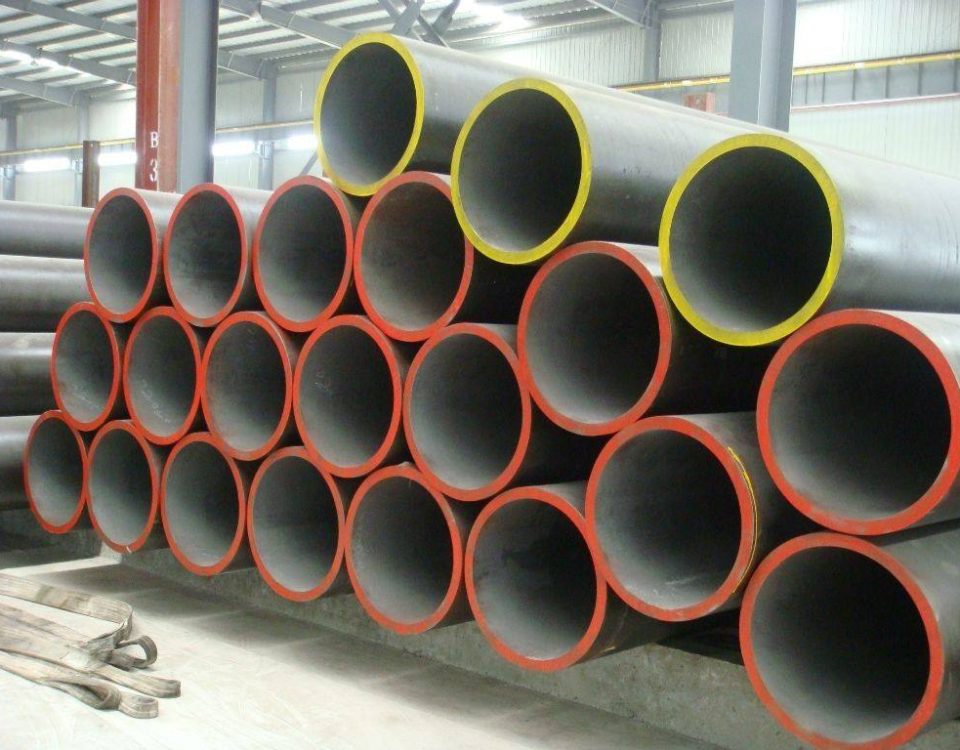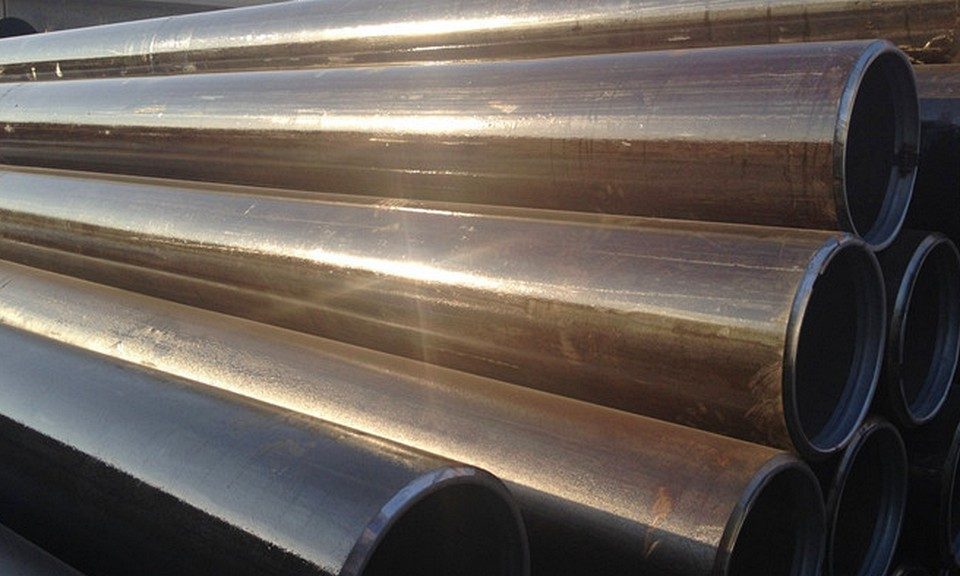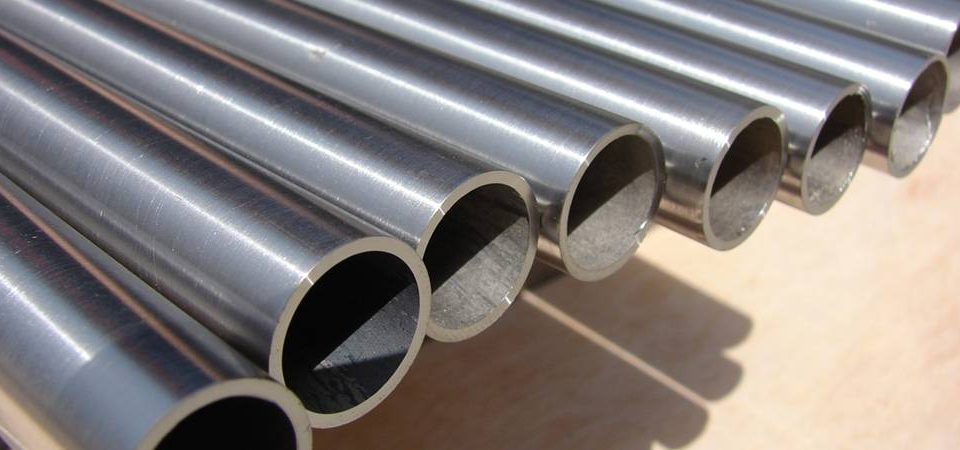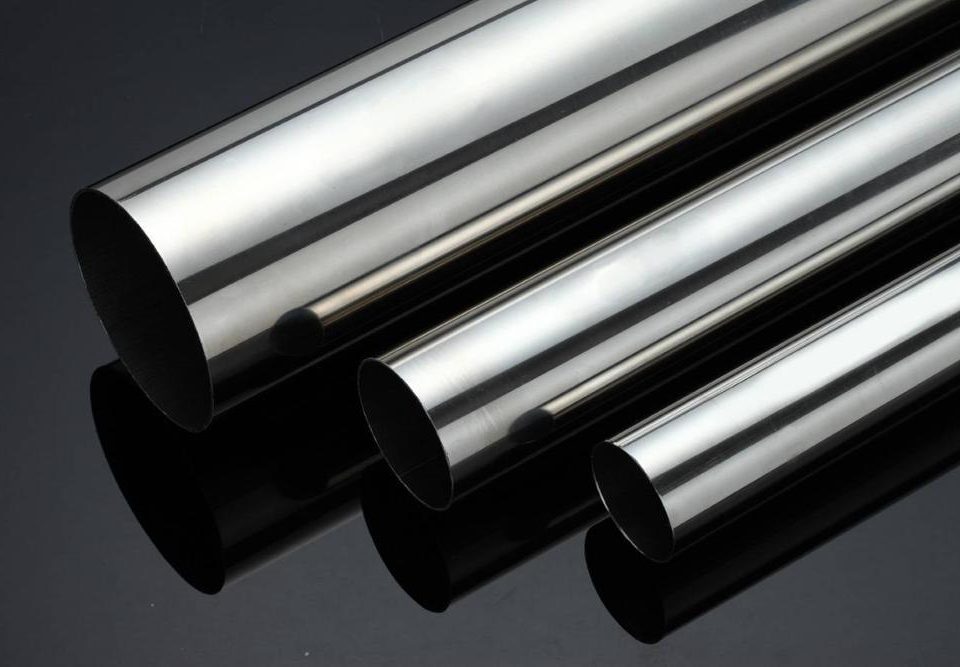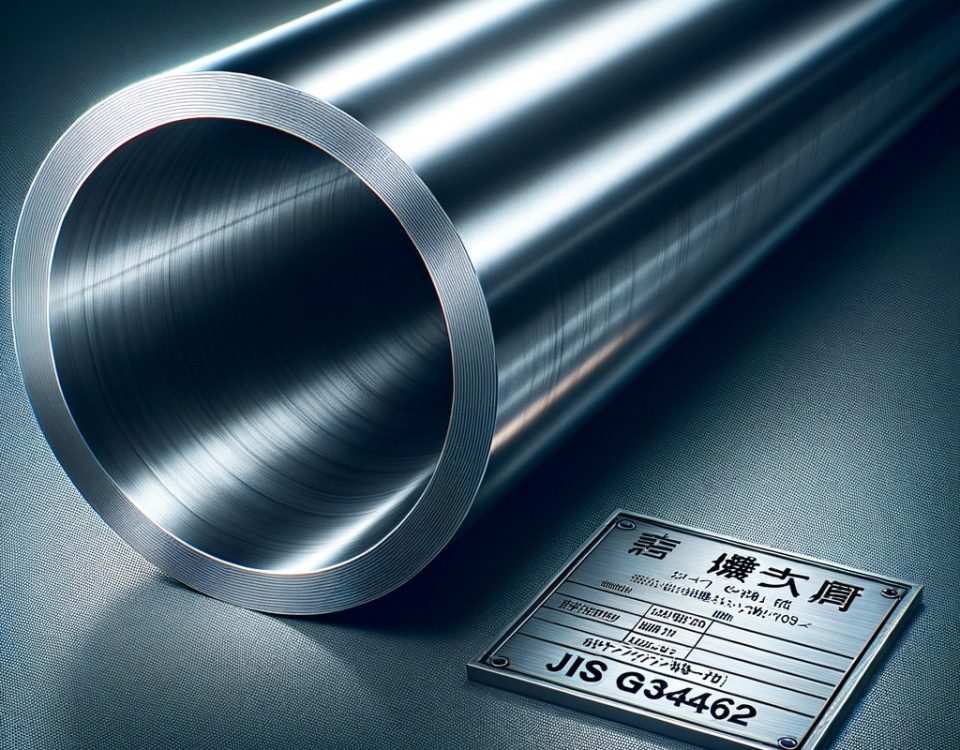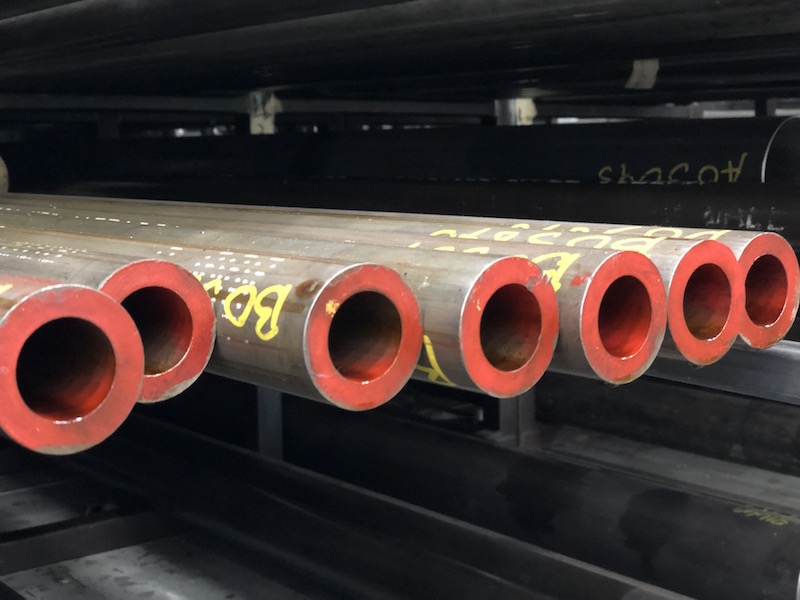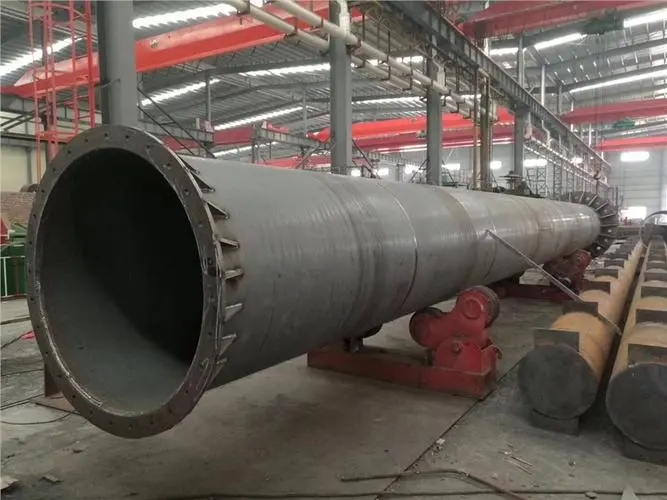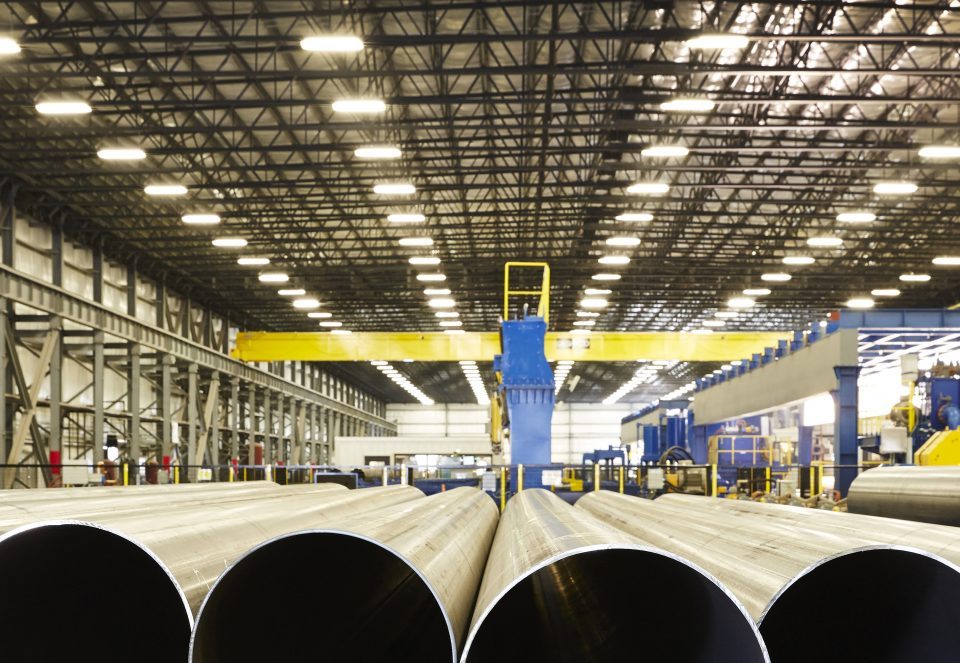Introduction to basic knowledge of alloy structural steel
November 16, 2021Terms, definitions, symbols and abbreviations for tubing and casing
December 2, 2021Galvanized steel pipes are welded steel pipes with a hot-dip galvanized or electro-galvanized layer on the surface. Galvanizing can increase the corrosion resistance of the steel pipe and prolong the service life. Galvanized pipe has a wide range of uses. In addition to line pipes for conveying water, gas, oil and other general low-pressure fluids, it is also used as oil well pipes and oil pipes in the petroleum industry, especially offshore oilfields, as well as oil heaters and condensation for chemical coking equipment. Pipes for coolers, coal-distilled wash oil exchangers, pipe piles for trestle bridges, and pipes for support frames in mine tunnels, etc.
The commonly said galvanized pipe, the use of galvanized pipe, the iron pipe used for gas and heating is also galvanized pipe. The galvanized pipe is used as a water pipe. After several years of use, a lot of rust and dirt are generated in the pipe, and the yellow water that flows out not only pollutes the sanitary ware. , And it is mixed with bacteria that breed on the uneven inner wall, and rust causes excessive heavy metal content in the water, which seriously endangers the health of the human body.
Performance impact
(1) Carbon; the higher the carbon content, the higher the hardness of the steel, but the worse its plasticity and toughness.
(2) Sulfur is a harmful impurity in steel. Steel with high sulfur content is prone to cracks when processed under high temperature and high pressure, which is usually called hot brittleness.
(3) Phosphorus can significantly reduce the plasticity and toughness of steel, especially at low temperatures. This phenomenon is called cold brittleness. In high-quality steel, sulfur and phosphorus should be strictly controlled. On the other hand, low carbon steel has high sulfur and phosphorus content and is easy to cut, which is beneficial to improve the machining performance of steel.
(4) Manganese; can improve the strength of steel, weaken and eliminate the adverse effects of sulfur, and improve the hardenability of steel. High-manganese high-alloy steel (high-manganese steel) has good wear resistance and other physical properties.
(5) Silicon; it can increase the hardness of steel, but the plasticity and toughness are reduced. Electrical steel contains a certain amount of silicon, which can improve its soft magnetic properties.
(6) Tungsten; can improve the red hardness and thermal strength of steel, and improve the wear resistance of steel.
(7) Chromium can improve the hardenability and wear resistance of steel, and improve the corrosion resistance and oxidation resistance of steel.
In order to improve the corrosion resistance, the ordinary steel pipe (black pipe) is galvanized. Galvanized steel pipe is divided into hot-dip galvanized and electrical steel galvanized. The hot-dip galvanized layer is thick and the cost of galvanizing is low. Galvanized steel pipes can be used.
Anti-corrosion effect of hot-dip galvanized layer on galvanized steel pipe
Galvanized steel pipe anticorrosive zinc has a negative electrode potential than iron. When zinc and iron form a micro battery, zinc is the anode and iron is the cathode. When it is corroded, the zinc is dissolved and the iron is not harmed. When the galvanized layer has small cracks or damage, the zinc will be in the form of a dedicated anode to prevent the steel at the crack or damage from rusting. This is the main feature of the galvanized layer being better than other coatings. When hot-dip galvanized steel pipe is dipped galvanized, the metallurgical bond between the zinc-iron alloy layer and the steel substrate and the zinc layer is stronger than the bond between paint and steel.
The anticorrosive zinc layer of galvanized steel pipe has a shielding and protective effect on steel. Zinc forms a shielding layer on the outer surface of the steel substrate in the atmosphere or other environments. The corrosion process of zinc increases its ability to form a shielding layer. This is because zinc reacts with oxygen, carbon dioxide, and moisture in the air to form an anti-corrosion by-product basic zinc carbonate film.
The zinc-iron alloy layer between the substrate and the pure zinc layer contains 90% zinc, which has an electrochemical protection effect similar to that of zinc; the thicker the coating, the longer the service life, and the service life is basically proportional to the thickness .




